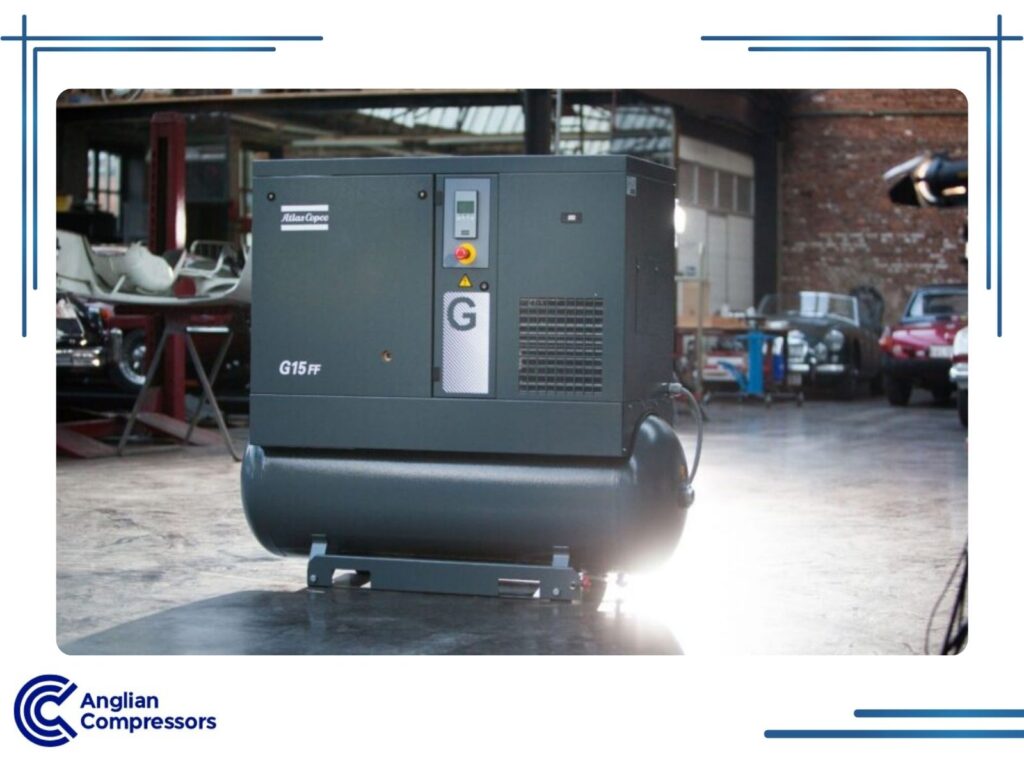What air treatment equipment is recommended for industrial compressors?
Ensuring the quality of compressed air in industrial settings is no trivial matter. As air compressors compress ambient air, unwanted elements like dust, dirt, and oil are also concentrated, necessitating their removal to varying degrees, depending on the end use of the compressed air.
Inadequately cleaned compressed air can hinder manufacturing processes and affect the efficiency of air-fed equipment. This post delves into the heart of this matter, discussing the equipment recommended for air treatment in the context of industrial compressors.
Using the correct combination of air treatment technologies ensures compliance with ISO standards and optimal operation across industries.
Types of Compressed Air Treatment in an Industrial Setting
Compressed air systems draw in moisture, oil, particles, and ambient air. These contaminants can damage machinery, lower efficiency, and affect product quality. Proper air treatment is necessary for all industrial compressed air systems.
The equipment you will need depends on your specific setup and air quality requirements. Oil-free and oil-injected compressor systems require appropriate filtration and drying to meet your application’s ISO standards.
Filtration
Compressed air filters remove unwanted elements from the air supply.
- Particulate filters trap dust and debris that enter during compression or from the pipework and receivers.
- Coalescing filters catch water and oil aerosols. These are particularly important if you run rotary screw or oil-injected compressors.
- Carbon filters remove oil vapours and odours when high-purity air is needed.
Well-chosen filters improve air quality while keeping pressure drops and energy use in check.
Drying
Drying equipment removes moisture to protect downstream machinery and maintain consistent air quality.
- Refrigerated air dryers cool the air to condense water vapour. They work well for most factory applications but only achieve dew points around +3°C. These units need regular maintenance.
- Desiccant air dryers use a drying agent for very dry compressed air, reaching dew points down to -70°C. They are suitable for outdoor installations and processes needing high-purity air. Our Glasgow customers find these essential during the damp winter months.
The right dryer helps prevent corrosion, equipment failure and quality issues.
UK ISO Standards for Compressed Air
The goal of air treatment is to keep your compressed air at the UK ISO standards.
The ISO-8573-1 standard provides specifics on compressed air purity classes, in respect of oil, water (or vapour), and particulate matter (dust, dirt, etc.).
For example, Class 1 air requires nearly zero oil concentration, making advanced air treatment like oil coalescing and carbon filters essential.
Overall, your air quality depends on your need and purpose for using compressed air, what classification is applicable to your industry, and what air treatment equipment required to achieve and maintain that standard.
Oil-free Compressors vs Oil-injected Compressors for Clean Air
Returning to the subject of compressed air classes for a moment, these are relevant for UK businesses because needs must match purpose.
Compressed air used in a food factory, big pharma, or electronics production is cleaner and requires cleaner air systems. Other uses for compressed air don’t need to be as clean, which opens up the choices for cheaper compressed air systems.
Oil-free Compressors
Specific industries that need high air purity can only rely on compressed air that’s free from oil vapour or other forms of oil-based contaminants.
To be efficient without oil, the compressor element is treated with coating, like teflon, ceramic, or metal. This ensures durability and prevents wear over time without compromising air purity. It does make the oil-free compressor considerably more expensive than an oil-injected compressor, which also requires additional air filters.
Oil-free compressors use a particulate filter, but an oil coalescing filter is most often not required. The particulate filter is unavoidable – it removes particulate and dust from the input of ambient air. Fewer filters help avoid as many potential reductions in air pressure as possible.
This streamlined filtration reduces pressure drops, improving energy efficiency.
Oil-injected Compressors
Oil-injected compressors are far more common in facilities requiring compressor air systems. Their affordability from a capital investment standpoint sets them apart.
Oil is added as a lubricant, sealant, and to assist with cooling too. Here, both a particulate filter and an oil coalescing filter are required as air treatments. Multiple filters do reduce the air pressure levels for an oil-injected compressor, sometimes requiring higher pressure settings to compensate for it, adding to energy costs.
With proper filtration, oil-injected compressors can achieve Class 1 purity standards, meeting the needs of industries requiring moderately clean air. Carbon filters are an additional option for hydrocarbon vapour removal.
Furthermore, oil condensate management is required to remove oil from wastewater, making it possible and legal to dispose of into a foul drain. A UK trade effluent consent authorisation is needed for this.
With proper filtration and other systems applied, it may reduce oil contaminants to 0.01 of a micron. This is sufficient for many compressed air uses. Below this contaminant level, or to remove hydrocarbon vapours, carbon filters are effective.
Of course, additional pressure drops might occur with additional filters, and this may reduce compressed air quality. Ultimately, it’s a trade-off.
Dryers to Remove Moisture from Compressed Air
Water in compressed air causes rust in pipes, damages tools, and creates problems in production. When air compresses, the water vapour becomes more concentrated. Basic water separators in compressors do not remove enough moisture for most applications.
You will need a proper air dryer for your workshop or factory to meet ISO air quality standards.
Refrigerated Dryers
Most of our customers use refrigerated air dryers. These cool the air to about +3°C, so water condenses before entering the system.
Useful for:
- Small workshops and garages
- Our Manchester and Birmingham factories
Worth noting:
- Less expensive than desiccant models
- Needs cleaning every three months
- We stock replacement filters at our Leeds warehouse
These are unsuitable for our Scottish customers’ outdoor sites, where pipes might freeze in winter.
Desiccant Dryers
These dryers use materials like silica gel to absorb moisture. They can reach dew points as low as -70°C.
Common applications:
- Mobile compressors at our East Anglia construction sites
- The food packaging line at Jenkins & Sons
Consider this:
- Costs more to buy and run
- Requires filter changes twice yearly
- Some units use about 15% of your compressed air during regeneration

Conclusion
In conclusion, maintaining clean, dry air in industrial compressor systems is crucial. It’s not just about the equipment itself – it’s about protecting your entire operation. Investing in the right air treatment equipment leads to real benefits:
- Lower Costs: Fewer repairs, less downtime, and longer lifespan for your machinery.
- Better Products: Consistent air quality means your products are made to a higher standard.
- Energy Savings: Efficient systems use less power, which saves you money over time.
If you are unsure if your current air treatment setup is doing its job, it is worth having an expert take a look. At Anglian Compressors, a branch of Atlas Copco, we are the compressed air experts. Our team specialises in ISO-compliant air treatment systems tailored to your industry’s needs. Contact our friendly team today – we are here to help! You can reach us by phone, email, or through our website.
FAQ
Why is removing moisture from compressed air so important?
Moisture causes rust in pipes, breaks tools, and ruins products. A proper dryer keeps air dry, cuts repair costs, and prevents downtime. Wilson’s Engineering switched to a cycling desiccant dryer last winter after three pneumatic valves failed due to water issues. This fixed their problem straight away.
Is air treatment essential even with oil-free compressors?
Yes. Oil-free compressors still need filtration for dust and moisture removal. Parker’s Bakery uses oil-free compressors but installed coalescent filters because flour dust was getting into their air lines. They clean the elements monthly – a simple job that prevents bigger problems.
The right treatment setup costs more upfront but saves money over time.


